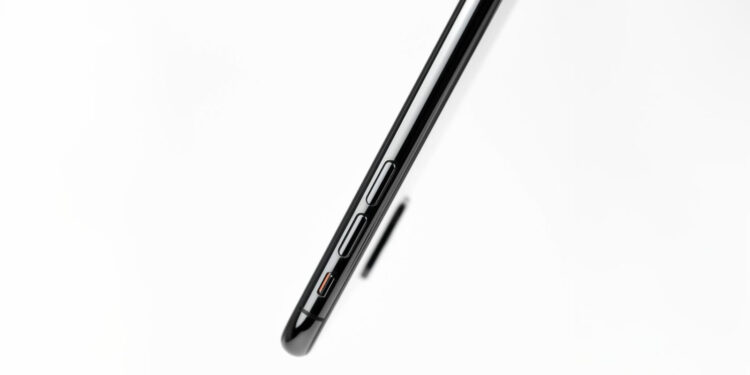Expectations are high for the iPhone 17 Air and the potentially foldable iPhone Fold. But technical challenges, especially with battery technology, could slow down Apple's plans to develop thinner devices.
For years, Apple has aimed to make the iPhone thinner and more aesthetically pleasing. Users appreciate elegant, flat designs that are easy to hold while still being powerful. But slim designs require technical innovations to maintain battery life and functionality. This is where rumors are emerging that Apple has encountered unexpected difficulties in developing the next generation of iPhone.
The iPhone 17 Air: Promising but with technical hurdles
The iPhone 17 Air is said to offer an elegant design and be equipped with a 6.6-inch display - larger than most previous models. According to reports, Apple plans to launch the iPhone 17 Air with a thickness of just around 6 mm. This value would be significantly slimmer than the iPhone 16 Pro (8.25 mm) or the iPhone 16 (7.8 mm). However, it looks as if technical obstacles could prevent an even thinner design. The reason for this limitation is battery technology. Apple and other manufacturers, such as Samsung, are working on developing thinner batteries. But at the moment it seems difficult to produce powerful batteries that fit into a particularly flat case without compromising battery life.
Rumors and speculation: sources and details
The rumor about the thickness of the iPhone 17 Air comes from leaker yeux1122, who has a mixed track record. In a blog post, which has been translated into German, he reports that the delivery of new, thinner substrates will not be possible until next year. These substrates should actually create more space for the battery, but due to production problems they are currently not being used. This means that the iPhone 17 Air remains around 6 mm thicker than Apple originally intended. Compared to current iPhone models, the iPhone 17 Air would still be significantly slimmer than the current devices, but not as extremely flat as some rumors would have hoped. Other sources also indicate that Apple is working on very thin models for the next iPhone generations, with battery capacity being the biggest obstacle.
iPhone Fold: A foldable device with similar requirements
Another promising project from Apple is the speculated iPhone Fold - a foldable iPhone that brings with it similar challenges. A foldable iPhone would have to be extremely thin so as not to appear too bulky after folding. The development of a slim iPhone 17 Air could be seen as a step towards this goal. A thinner case would be ideal to improve the folding mechanism and offer the user a more manageable experience. Analyst Ming-Chi Kuo had already pointed out that Apple plans to coat the mainboard of the upcoming iPhones with a special material: resin-coated copper (RCC). This could help to thin the mainboard and thus create space in the case. However, the material is currently still vulnerable because it does not pass drop tests that would be necessary to ensure the stability of the device. So it remains to be seen if and when this material can actually be used in a market-ready iPhone.
iPhone 17 Air & iPhone Fold: Outlook on future developments
Developing ever thinner iPhones remains a challenge, especially when maintaining battery performance and stability. Apple is expected to continue investing in innovative battery technologies and materials to make the iPhone 17 Air and the possibly foldable iPhone Fold a reality. For users, this means that future iPhones may be more elegant and portable without sacrificing performance. However, the current state of technology shows that the perfect, ultra-slim iPhone may still be a long way off. It will be exciting to see how Apple will master this balance in the coming years. (Photo by Unsplash / Daniel Korpai)
- iPhone roadmap: Big changes for the next few years
- iPhone 17: New display upgrade & ProMotion for all models





